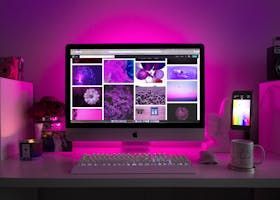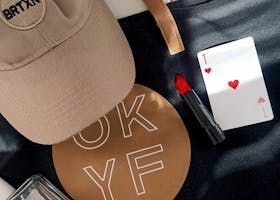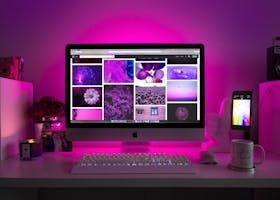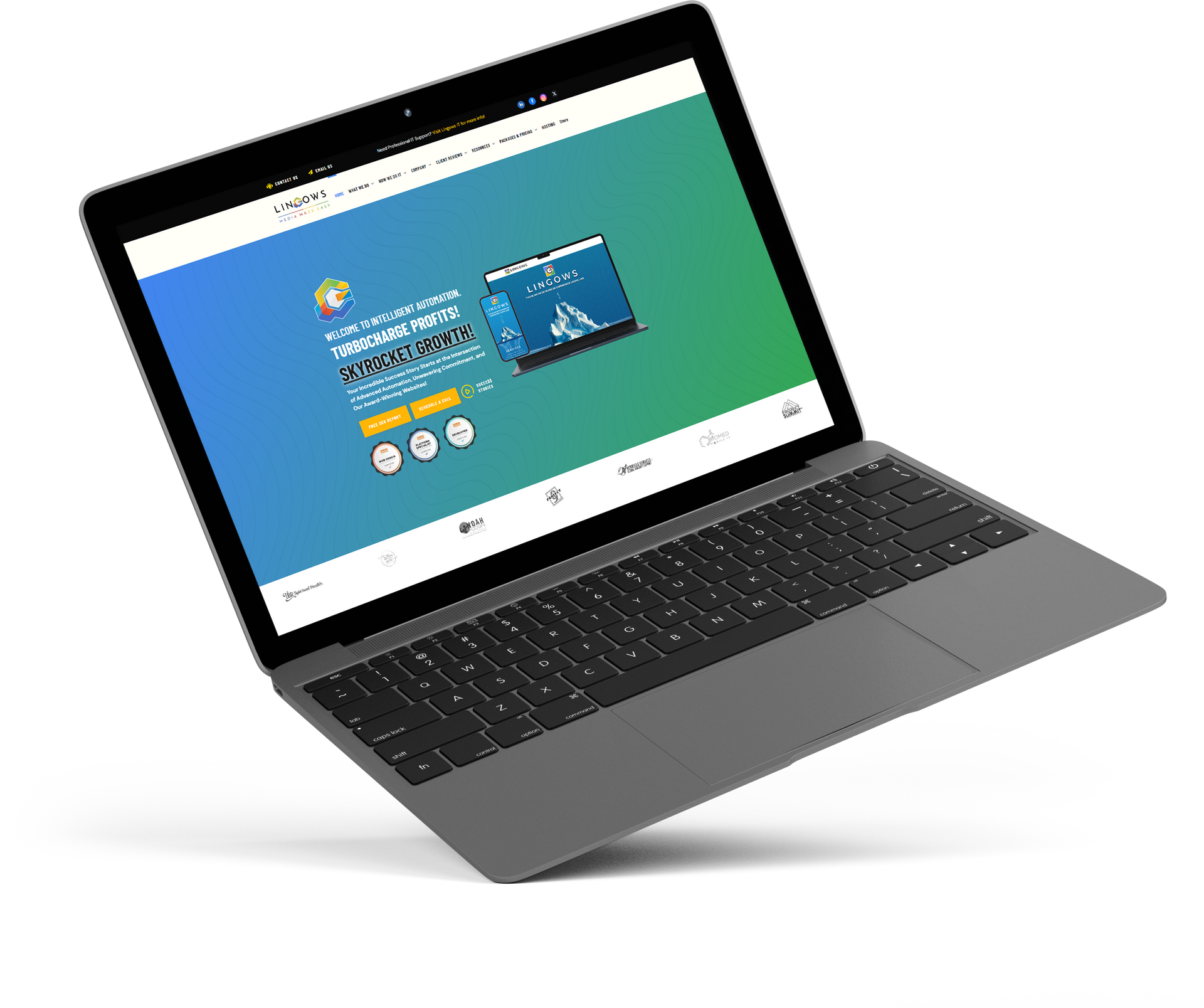The Psychology of Color: How to Choose Website Colors That Convert
In the age of instant gratification, your website has approximately 3 seconds to convince visitors to stay. Color psychology isn't just artistic preference – it's a powerful tool that influences decisions, emotions, and actions. Let's decode how colors can transform your website from good to irresistible.
The Science Behind Color Psychology
Colors trigger psychological responses rooted in evolution, culture, and personal experience. Within milliseconds of landing on your site, visitors form judgments based largely on color. Studies show that 90% of snap judgments about products are based on color alone.
Red: Urgency and Passion
Red demands attention and creates urgency. It's perfect for sale buttons, limited offers, and calls to action. However, use sparingly – too much red can trigger stress or aggression. Brands like Coca-Cola and Netflix harness red's energy while maintaining balance.
Blue: Trust and Stability
Blue dominates corporate websites for good reason. It conveys trustworthiness, security, and professionalism. Financial institutions, tech companies, and healthcare providers lean heavily on blue to establish credibility. Darker blues suggest expertise, while lighter blues feel more approachable.
Green: Growth and Wellness
Green represents nature, health, and prosperity. It's ideal for environmental brands, wellness products, and financial services. Green also has the highest visibility to the human eye, making it excellent for important buttons and navigation elements.
Yellow: Optimism and Attention
Yellow radiates happiness and optimism but demands careful use. It's perfect for highlighting important information or creating energetic accents. Too much yellow can cause eye strain, so use it strategically for maximum impact.
Purple: Luxury and Creativity
Purple bridges the gap between passionate red and calming blue, creating an aura of luxury and creativity. Premium brands, beauty products, and creative agencies often use purple to suggest sophistication and imagination.
Orange: Energy and Friendliness
Orange combines red's energy with yellow's cheerfulness, creating a friendly, accessible vibe. It's excellent for CTAs, promotional content, and brands targeting younger audiences. Orange suggests affordability without sacrificing quality.
Black and White: Sophistication and Clarity
Black conveys luxury, sophistication, and power, while white represents simplicity, cleanliness, and space. The contrast between them creates hierarchy and improves readability. Minimalist designs leverage this combination for maximum elegance.
Cultural Considerations
Colors mean different things across cultures. White symbolizes purity in Western cultures but mourning in some Eastern cultures. Red means luck in China but danger in the West. Research your target audience's cultural background when choosing your palette.
The 60-30-10 Rule
Professional designers follow this golden ratio: 60% dominant color (usually neutral), 30% secondary color (supporting), and 10% accent color (CTAs and highlights). This creates visual balance while maintaining interest.
Testing Color Combinations
Don't guess – test. A/B test different color schemes for CTAs, headers, and backgrounds. Monitor conversion rates, time on site, and user engagement. Small color changes can yield significant results.
Accessibility Matters
Ensure sufficient contrast ratios for text readability. Consider colorblind users – approximately 8% of men have color vision deficiency. Tools like contrast checkers ensure your design works for everyone.
Building Your Color Strategy
Start with your brand values and target audience emotions. Want to convey innovation? Try bold, unexpected combinations. Building trust? Stick with proven blues and greens. Your colors should align with your message and audience expectations.
Ready to harness the power of color psychology? Lingows creates color strategies that connect with your audience on a deeper level. Let's paint your digital success story together.









